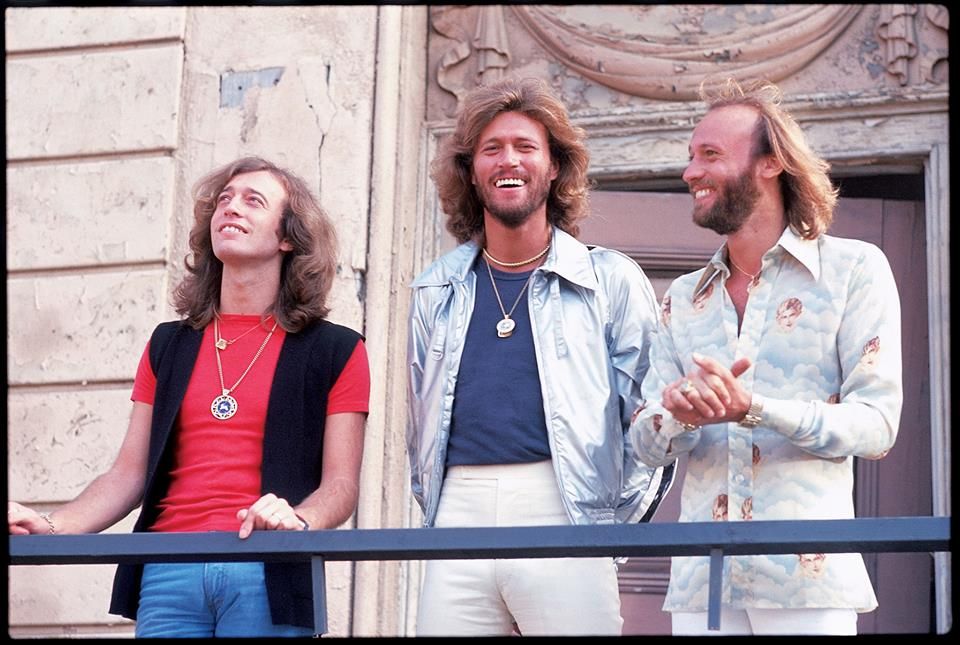
The sound of heartbreak reborn through harmony — a lament that transforms loss into luminous renewal
When “Lonely Days” arrived in 1970, it marked not only a chart success but a resurrection. Released as the first single from the Bee Gees’ album 2 Years On, the song climbed to No. 3 on the Billboard Hot 100, reaffirming the Gibb brothers’ place in pop’s upper echelon after a painful and very public split. It was, in every sense, a comeback — one forged not through reinvention, but through reconciliation. After months apart, with egos bruised and creative differences fraying their bond, Barry, Robin, and Maurice Gibb reunited to craft a song that distilled their collective sorrow into something transcendent. “Lonely Days” became both confession and celebration: the sound of three voices rediscovering each other amid the echoes of heartbreak.
The story of “Lonely Days” begins in the ruins of brotherhood. Following the internal discord that had dissolved the group in 1969, Robin pursued solo work while Barry and Maurice continued briefly as a duo. Yet isolation revealed its own truth: apart, they were incomplete. When they finally regrouped at London’s IBC Studios in mid-1970, their reconciliation spilled immediately into song. Accounts suggest “Lonely Days” was written in less than an hour — an outpouring born from pent-up emotion and instinctive unity. That spontaneous energy is embedded in every measure; one can almost hear the brothers rediscovering their shared pulse.
Musically, “Lonely Days” embodies contrast — light against shadow, melancholy refracted through hope. The song opens with somber piano chords and tender harmonies that evoke the quiet ache of solitude. Then, without warning, it erupts into jubilant brass and rhythmic buoyancy, a gospel-like affirmation that turns grief outward into gratitude. This duality is essential to its power: loneliness is not denied but transformed. The arrangement’s shifts mirror emotional healing — moving from introspection to catharsis, from mourning to motion. In this architecture of feeling, one hears the Bee Gees’ genius for dramatizing human vulnerability through structure as much as melody.
Lyrically, “Lonely Days” is deceptively simple — a refrain of yearning addressed to an absent beloved (or perhaps to each other). Beneath that simplicity lies the ache of disconnection that defined both personal and professional estrangement. The repetition underscores emptiness, while the harmonic layering fills that void with communion. It is music as reconciliation ritual: each brother’s voice distinct yet inseparable, weaving sorrow into symmetry.
In retrospect, “Lonely Days” stands as one of the Bee Gees’ most emotionally revealing works — a bridge between their baroque pop origins and the soulful sophistication they would soon master. It proved that survival could be sung beautifully, that even broken harmonies could heal when sung together again.